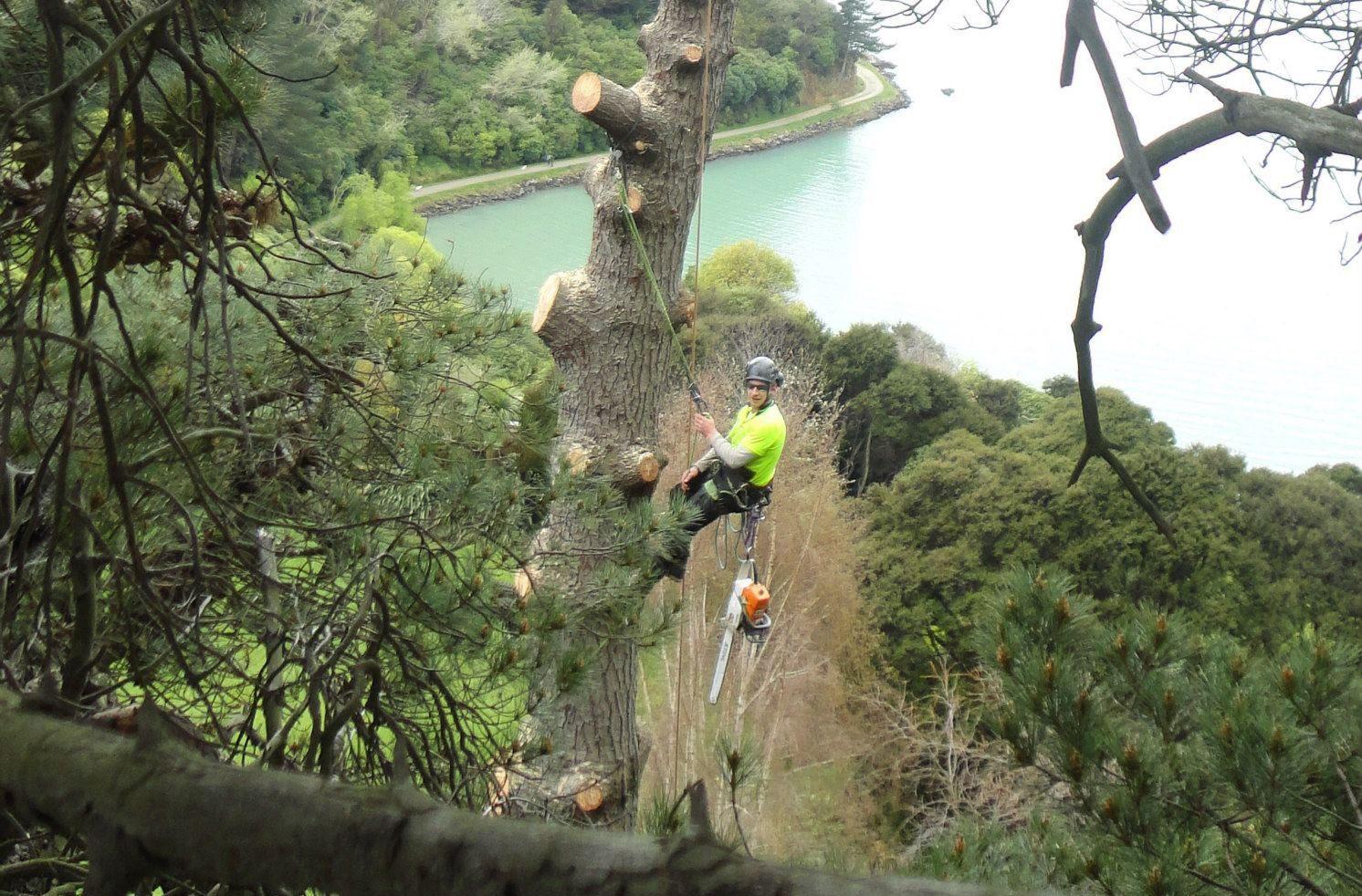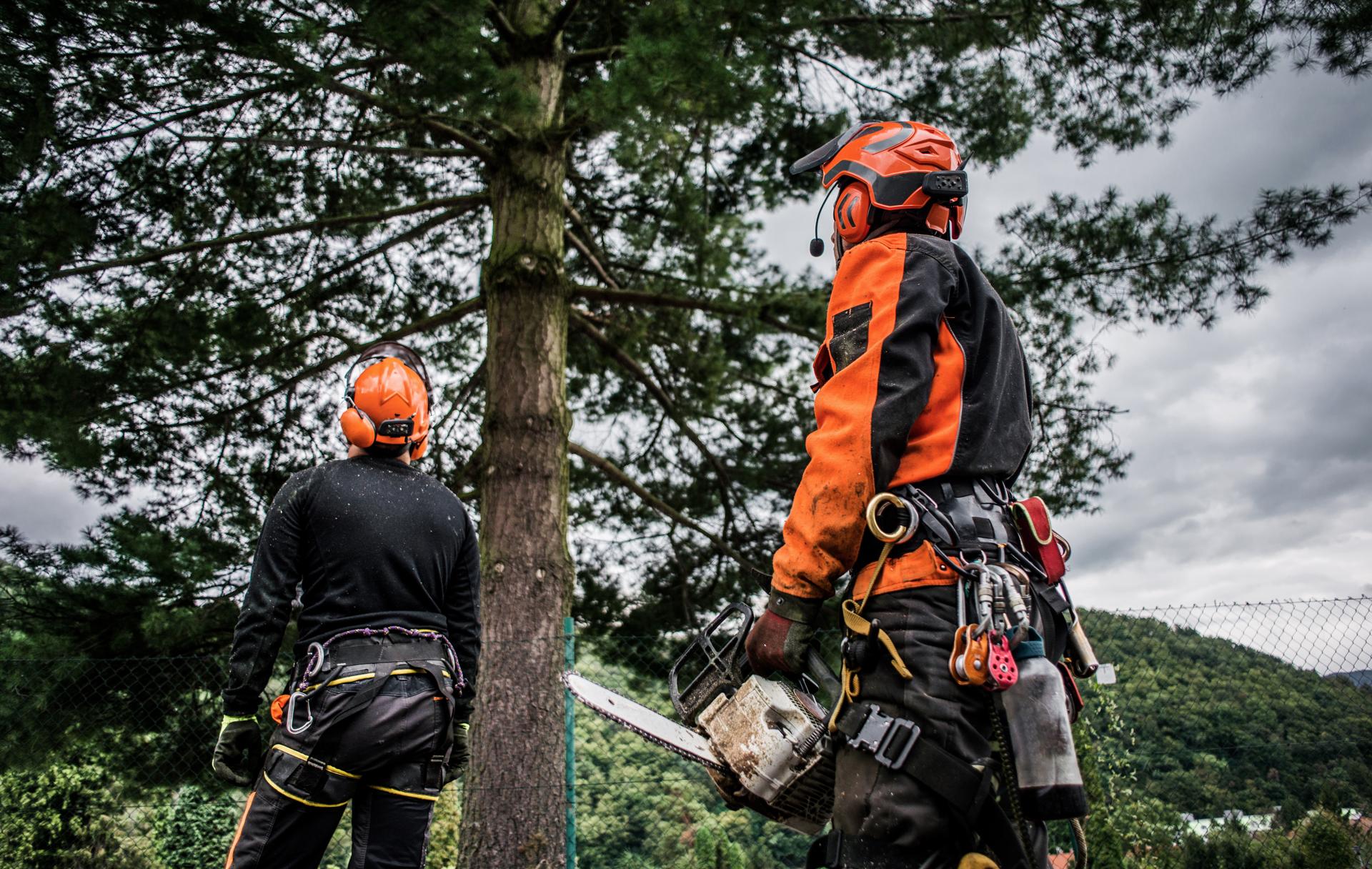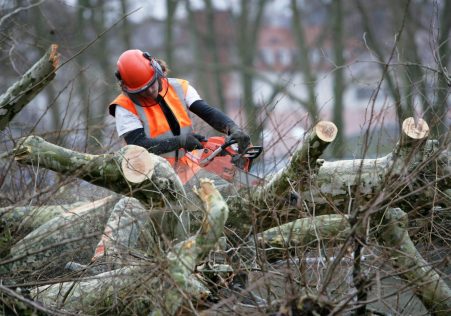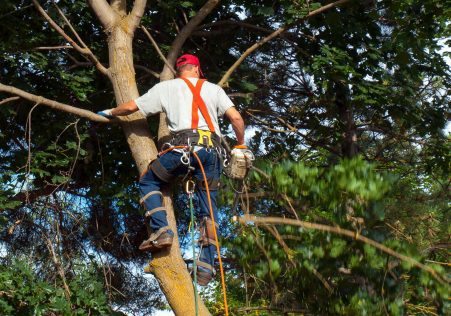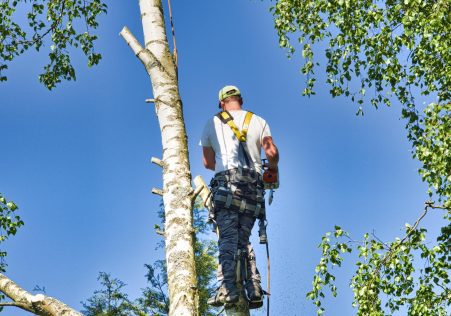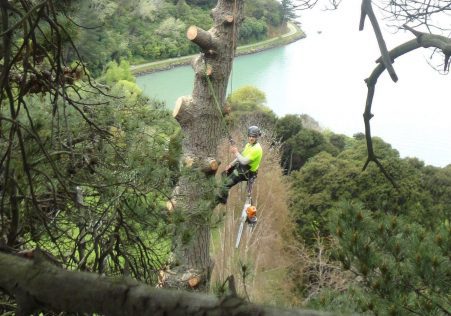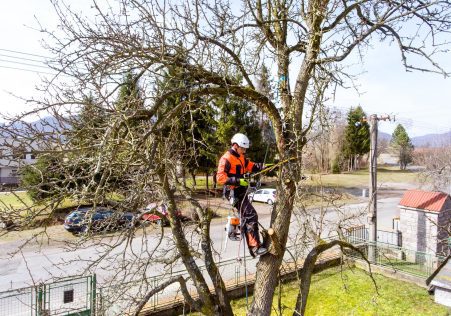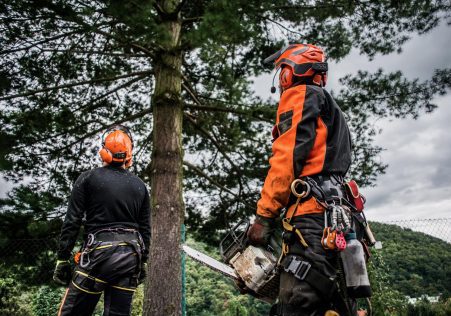A Beginner's guide to Understanding Protected Trees
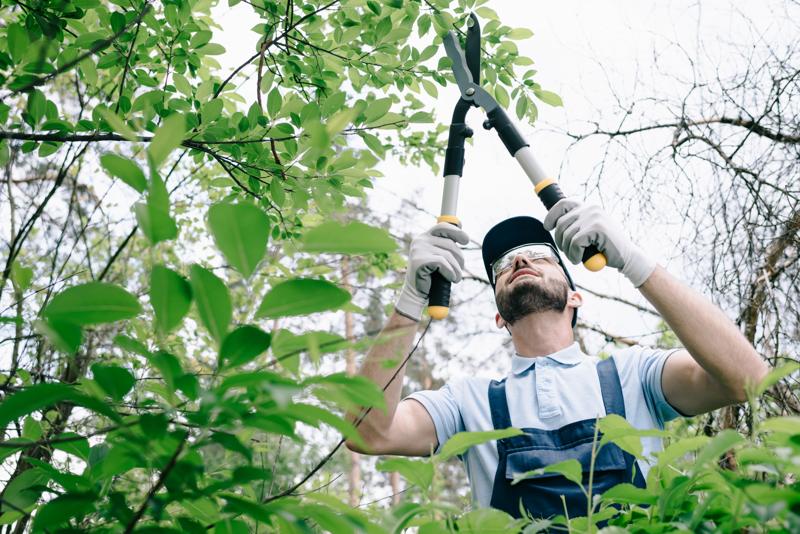
Trees play an important contribution to our ecosystem, providing shade, clean air and aesthetic value to our surroundings. However, not all trees are identical and some are granted additional protection status, making it illegal to perform any work without permission. If you are considering having a tree removed it is essential to know the status of protection for the tree in question, and what steps you’ll need to take to ensure compliance with the legal requirements. In this article, we’ll guide you through the steps to determine if the tree is protected and what you have to do to ensure you are acting within the law.
What is a protected tree?
A protected tree has been subjected to certain legal controls It is illegal to work on such a tree without obtaining the necessary permissions. There are two types of protection that a tree might have: preservation orders and protection orders.
Statutory protection
Under the law trees are protected by the law, and they are under the control of Tree Preservation Orders (TPOs). TPOs are put in place by local authorities to protect trees of significant public value and to ensure that they are not damaged or destroyed.
Preservation orders
Preservation orders are similar to TPOs , but are issued from the Secretary of State responsible for Environment. The trees that are protected by preservation orders are considered to have an exceptional value and are shielded from any work, including felling.
How do I know when a tree is in danger?
To determine whether the tree is protected, you must to determine if the tree is under a TPO or preservation order. It is done by contacting your municipal authority, and asking them to look up their records.
TPO search
To find the TPO You can reach your local Tree or Woodland Official at the local authority. They will inform you whether the tree is protected. They will also be able advise you on the next steps you should follow if the tree is protected.
Preservation order search
In order to search for a preservation order, you must contact the Secretary of State for the Environment. They will determine whether the tree is in the protected zone and give you the required information and guidelines.
FAQs:
What happens if I conduct work on a tree that is protected without permission?
If you do work on a tree that is protected without obtaining the necessary permits, you could be facing substantial fines and even imprisonment.
Can I contest a TPO or preservation order?
You can appeal an appeal of a TPO or preservation or TPO if you believe it is unjustified. You will have be able to present evidence to back your argument and demonstrate your argument as to why it is not necessary to appeal the TPO or order to preserve isn’t needed.
Can I take down a protected tree?
It is unlawful to take down a protected tree without obtaining permission from the appropriate authorities. If you require removal of the tree, you will need to apply for permission and provide proof to back your claim.
Conclusion
In the end, determining if the tree is protected is an essential step in ensuring that any tree work is legally completed. If you know the various types of protection and how to check for them to ensure you’re following the law and protecting the trees that you are responsible for. If you are unsure about the status of protection for trees, we suggest consulting an experienced tree expert, such as Christchurch Tree Trimming. Our arborists are experienced and will be able to advise you about the protection status of your trees and walk you through the necessary steps to make sure you’re acting within the legal guidelines. With our knowledge and dedication to provide high-quality tree services, we can help you keep the beauty and value for your tree. Call us now by calling 0800 500 743 to schedule a consultation, and let us assist you to keep your trees safe and healthy.

